(VTE) - Making English the second language in theeducation system has been successfully implemented in many countries.
The Netherlands, Singapore, Malaysia... are typical examples of building effective language policies. Vietnam can learn from the experiences of these countries to apply in practice.
Netherlands: More than 95% of people speak English fluently
In 2024, the Netherlands once again ranked number 1 in the 2024 English Proficiency Index (EF EPI) published by EF Education First.
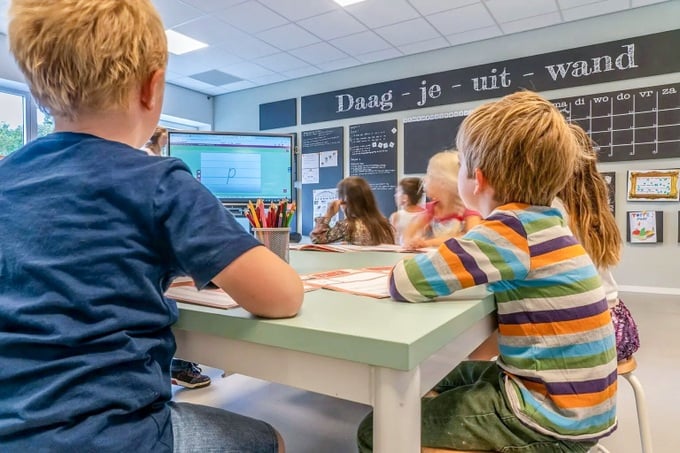
According to the Organization for Economic Cooperation and Development (OECD), since the 1990s, English has been a core subject in the Netherlands, along with Mathematics and Dutch. Dutch students learn English from primary school. To graduate from secondary school, Dutch students must pass a national exam in English.
English and Dutch are both Germanic languages, and have many similarities in vocabulary and grammar, which makes it easier for Dutch people to learn English.
OECD experts believe that the success of teaching English as a second language in the Netherlands is largely due to the development of bilingual schools. There are more than 150 bilingual schools operating effectively in the Netherlands, teaching programs in Dutch and English. About 30 - 50% of subjects are taught in English.
In the Netherlands, students are encouraged and given many opportunities to use English outside of school. Foreign television shows and films are subtitled in Dutch but not dubbed.
The Dutch believe that dubbing limits access to foreign languages, especially listening skills. As a result, Dutch children are introduced to English at a very early age and almost grow up with this language.
In particular, in higher education, the Netherlands has attracted many international students with its international training programs taught entirely in English.
Currently, 95% of the Dutch population uses English fluently in economics, administration and daily life.
Singapore: Flexible bilingual policy
After gaining independence in 1965, Singapore faced major challenges, including ethnic fragmentation, limited natural resources, and the need to assert its position on the international stage.
Singapore is a country of Chinese, Malay, Indian people… living with their own languages and cultural practices. In this context, Prime Minister Lee Kuan Yew and the Singapore Government chose English as the official language in education and administration, while maintaining the mother tongue (Chinese, Malay, Tamil) as the second language.
As a former British colony, Singapore has a strong foundation in English, especially in public administration and education. More importantly, English is considered a neutral language, without ethnic affiliations to avoid social division.
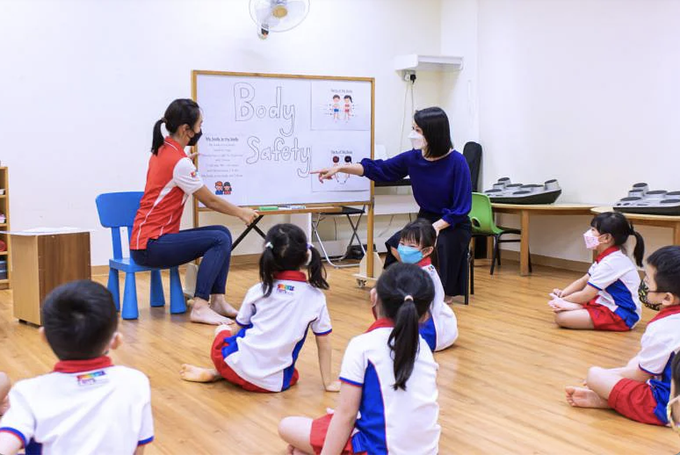
In 2024, Singapore will rank 3rd in the world and 1st in Asia in English proficiency, according to the English proficiency index ranking of the international education organization EF Education First announced on November 13, 2024.
Singapore has succeeded in making English the primary language by establishing clear, long-term policies and strategies for English education at all levels with strong support from the Government. All levels and sectors have actively promoted improving English proficiency as a priority policy in development.
In Singapore, English is taught from kindergarten. At the same time, the country maintains bilingual education (mother tongue and English) to ensure cultural identity is preserved, while promoting global engagement.
Singapore focuses on improving the quality of English teachers through training and professional development. At the same time, the country builds a rigorous curriculum according to international standards; applies technology, and creates a supportive environment to encourage the use of foreign languages outside the classroom. Singapore has launched the "Speak Good English Movement" campaign to encourage people to use standard English in daily communication, creating a favorable environment for learning and using English.
Malaysia: Education reform in stages
Malaysia is currently in the top three Asian countries in terms of English proficiency. However, the country has previously failed to transition to teaching entirely in English.
In 2003, the Malaysian Government introduced the Teaching and Learning of Science and Mathematics in English from primary school level to improve students' English proficiency and better prepare them for the global economy.
However, implementation of the policy has faced many challenges. Rural schools have struggled with a lack of teachers with good English skills. In addition, many students find it difficult to grasp complex mathematical and scientific concepts in a second language, leading to poor academic performance.
In 2009, after much debate and public feedback, the Malaysian Government announced a change in policy. From 2012 onwards, Mathematics and Science will be taught in Malay.
In 2016, Malaysia introduced the Bilingual Curriculum, allowing schools to choose whether to teach Mathematics and Science in English or Malay. The bilingual curriculum represents a more nuanced approach, recognising the importance of English while respecting the role of the national language.
For schools teaching Mathematics and Science in English, the Malaysian Ministry of Education has set out a set of criteria that schools must meet, such as: The school must have sufficient resources; the principal and teachers must be ready to implement the program; the program must receive the consent of parents and the school must achieve training performance when implementing the program before it can continue.
Since 2018, the Malaysian education system has aligned its English curriculum with the Common European Framework of Reference for Languages (CEFR), an internationally recognised benchmark for language learning and assessment. This alignment aims to improve the quality of English language teaching and ensure that students meet global language standards.
Peaceful
For Children Publication No. 1
Source: https://dansinh.dantri.com.vn/vi-tre-em/kinh-nghiem-dua-tieng-anh-tro-thanh-ngon-ngu-thu-hai-cua-cac-nuoc-20250115155128193.htm



![[Photo] Prime Minister Pham Minh Chinh and Prime Minister of the Kingdom of Thailand Paetongtarn Shinawatra attend the Vietnam-Thailand Business Forum 2025](https://vphoto.vietnam.vn/thumb/1200x675/vietnam/resource/IMAGE/2025/5/16/1cdfce54d25c48a68ae6fb9204f2171a)










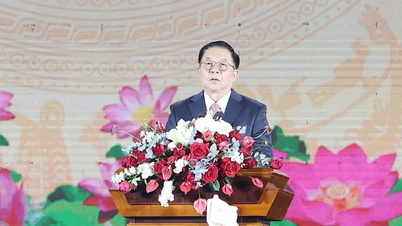














![[Photo] President Luong Cuong receives Prime Minister of the Kingdom of Thailand Paetongtarn Shinawatra](https://vphoto.vietnam.vn/thumb/1200x675/vietnam/resource/IMAGE/2025/5/16/52c73b27198a4e12bd6a903d1c218846)
































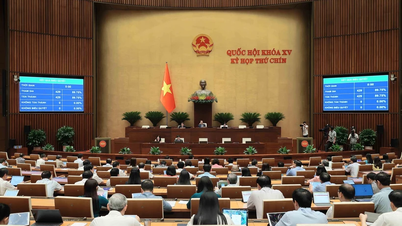








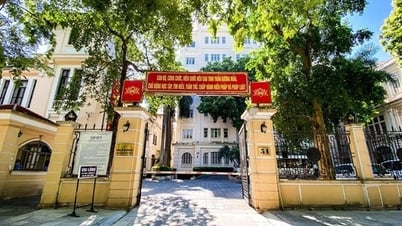









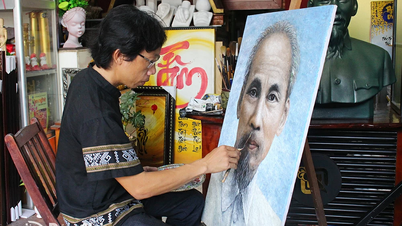













Comment (0)